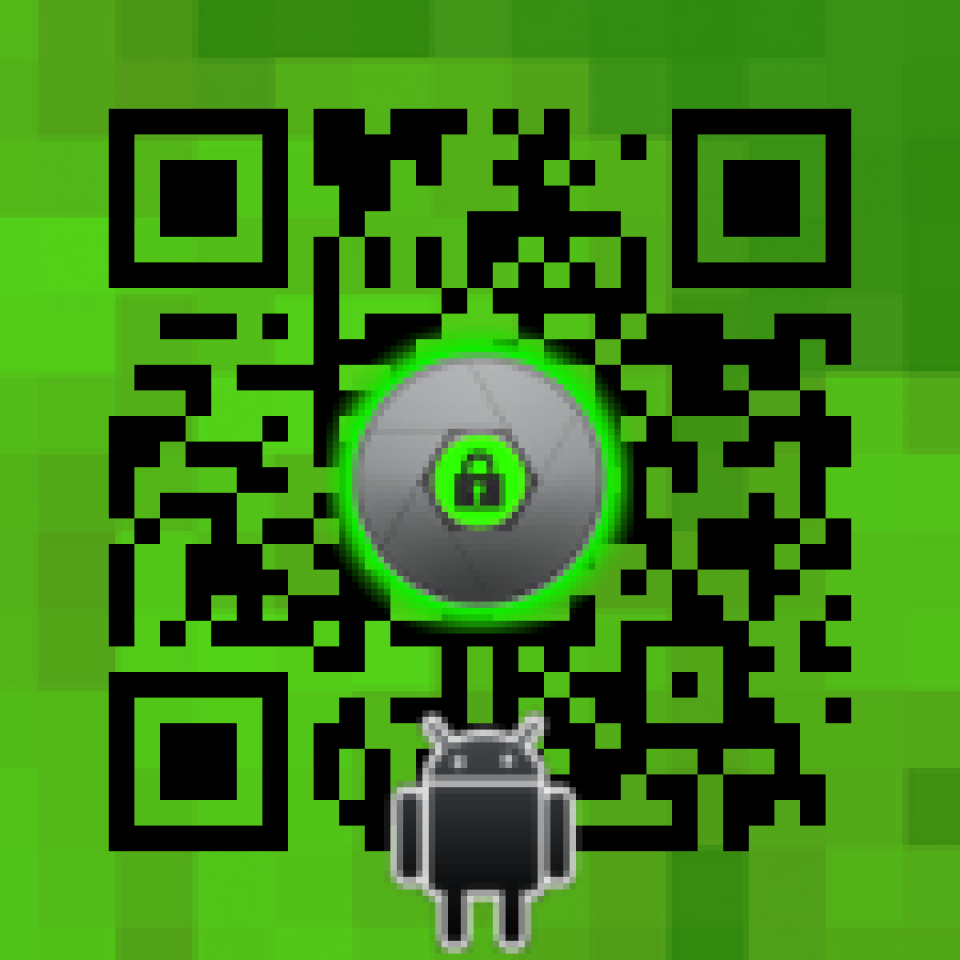
I’m sure we’ve all seen amazing testimony videos of incredibly sensitive subjects: of women who choose to have abortion and share why despite risking imprisonment in their country for this act of taking control of their bodies; lesbians who come out fighting against “correctional rape”; rural women living in isolated regions sharing stories of cultural violence. Their voices are loud and passionate, their names sometimes blaze across the screen, clear images of their faces and their surroundings dance through them all. I cringe and wonder – do they know, did they realize – we would see their testimony – way across the world, that anyone close or near could see it. Are they at risk because of this?
A primary concern of techies doing skills share with women human rights defenders at the recent Feminist Tech Exchange in Turkey this April was around properly communicating how and where one’s story will be shared when we document with video, or create digital stories, to ensure that people’s privacy is respected and that full permission is granted. In fact, one of the sessions was with Rose Anderson from Witness.org on their very cool Obscura Cam being developed in partnership with The Guardian Project (also check out Witness’ Video Advocacy Planning Toolkit , tipsheets here, and How to Film Protests video series focused on safety and security).
Obscura Cam can help you enclose photo permissions, anonymize photo metadata, and blur faces in a protest or of the person being interviewed, to give the essence of the scene without tell-tale images. They are working on a video version too.
The skills-share brought on a lively debate about informed consent. For example, there are moments in time when being visible is one’s life line, but the permanent nature of digital archives can mean that past visibility and documentation of protest and testimony, is later used as evidence for trials or for targeting activists, once the world spotlight is pointed elsewhere and governments become increasingly repressive.
We don’t have to look far – think Honduras, think Egypt. And can consent truly be informed if you are interviewing someone who has little or no internet contact – how to understand the possible reach of their testimony? Or when we think of the pace of technological development and face and voice recognition? Someone may have given consent 5 years ago but who knew then that voice, face, surrounding landmarks and metadata could be used to identify them so precisely now.
And yet… as Maria Suarez of Escribanas so eloquently pointed out, as communicators it is not our place to make the decision. Yes, we can make sure consent is informed, but women’s desire to be HEARD, to have voice and to have it fearlessly echoed to every corner of the earth, that is not our decision.
- 8408 views






Add new comment